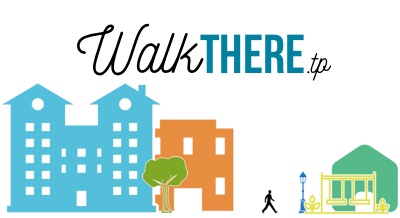Difference between revisions of "AY1516 T2 Team WalkThere Overview"
| Line 30: | Line 30: | ||
| style="font-family:Open Sans, Arial, sans-serif; font-size:15px; text-align: center; border:solid 1px #f5f5f5; background-color: #fff" width="200px" | | | style="font-family:Open Sans, Arial, sans-serif; font-size:15px; text-align: center; border:solid 1px #f5f5f5; background-color: #fff" width="200px" | | ||
[[AY1516_T2_Team_WalkThere_Overview|<font color="#3c3c3c"><strong>Overview</strong></font>]] | [[AY1516_T2_Team_WalkThere_Overview|<font color="#3c3c3c"><strong>Overview</strong></font>]] | ||
| + | |||
| + | | style="font-family:Open Sans, Arial, sans-serif; font-size:15px; text-align: center; border:solid 1px #f5f5f5; background-color: #f5f5f5" width="200px" | | ||
| + | [[AY1516_T2_Team_WalkThere_Sponsor|<font color="#3c3c3c"><strong>Review of Previous Work</strong></font>]] | ||
| style="font-family:Open Sans, Arial, sans-serif; font-size:15px; text-align: center; border:solid 1px #f5f5f5; background-color: #f5f5f5" width="200px" | | | style="font-family:Open Sans, Arial, sans-serif; font-size:15px; text-align: center; border:solid 1px #f5f5f5; background-color: #f5f5f5" width="200px" | | ||
Revision as of 22:52, 3 February 2016
About the Project
The concept of new towns dates back to the late 1800s where the cities in UK became more crowded with poor living conditions. In 1898, Ebenezer Howard provide ideas on how we can improve our quality of life by imagining “garden cities” being surrounded by a “country belt” which was known as the “new towns movement” (Little, 1990)
In Singapore, new town planning is done by the Housing and Development Board (HDB). Queenstown was the first new town to be built when the new town concept was first introduced in Singapore. Currently, there are a total of 22 new towns in Singapore. These new towns have three key features which include high accessibility to public transportation, mixed land use and lots of greenery within the town.
Out of these new towns, Tampines is known to be the most outstanding and well-planned new town in Singapore. Built in the 1970s, Tampines new town has since developed into an institutional, social, recreational and commercial hub of the eastern part of Singapore. Its new town model has even won an award for its outstanding housing design and contribution to human settlement development. Now, it is home to over 200,000 people with a population density of 47,000 people/km.
As the population size grows, transportation improves incredibly to accommodate the growing number of ridership. However, it is questionable whether the convenience of readily available transportation is being taken advantage of, thereby compromising walkability within the town. Walkability reflects on the liveability of the town where people can walk on the streets feeling safe; where the ambience is soothing to the eyes of the people; where the safety of the pedestrians are not compromised with the traffic conditions.
Some may argue that the hot and humid weather conditions in Singapore influence the decision to take the public transport than to walk. However, taking walkability from another perspective, is the great availability of transportation influencing decisions to walk where people are getting more complacent and lazier? With the amalgamation of ez-link data provided by LARC and various geographic shapefiles available online, we will analyze the commuters’ behaviour and justify if the hypothesis holds true.
After which, a particular neighbourhood in Tampines will be selected based on the results of the ez-link data analysis. We would then conduct a more in-depth walkability analysis on the neighbourhood and provide recommendations on how we can transform the neighbourhood into a more walkable area. Thus, the main aim of this project is to assess the walkability in Tampines.
Aim & Objectives
The objectives of our project are:
Part 1: Identify Commuter Patterns
